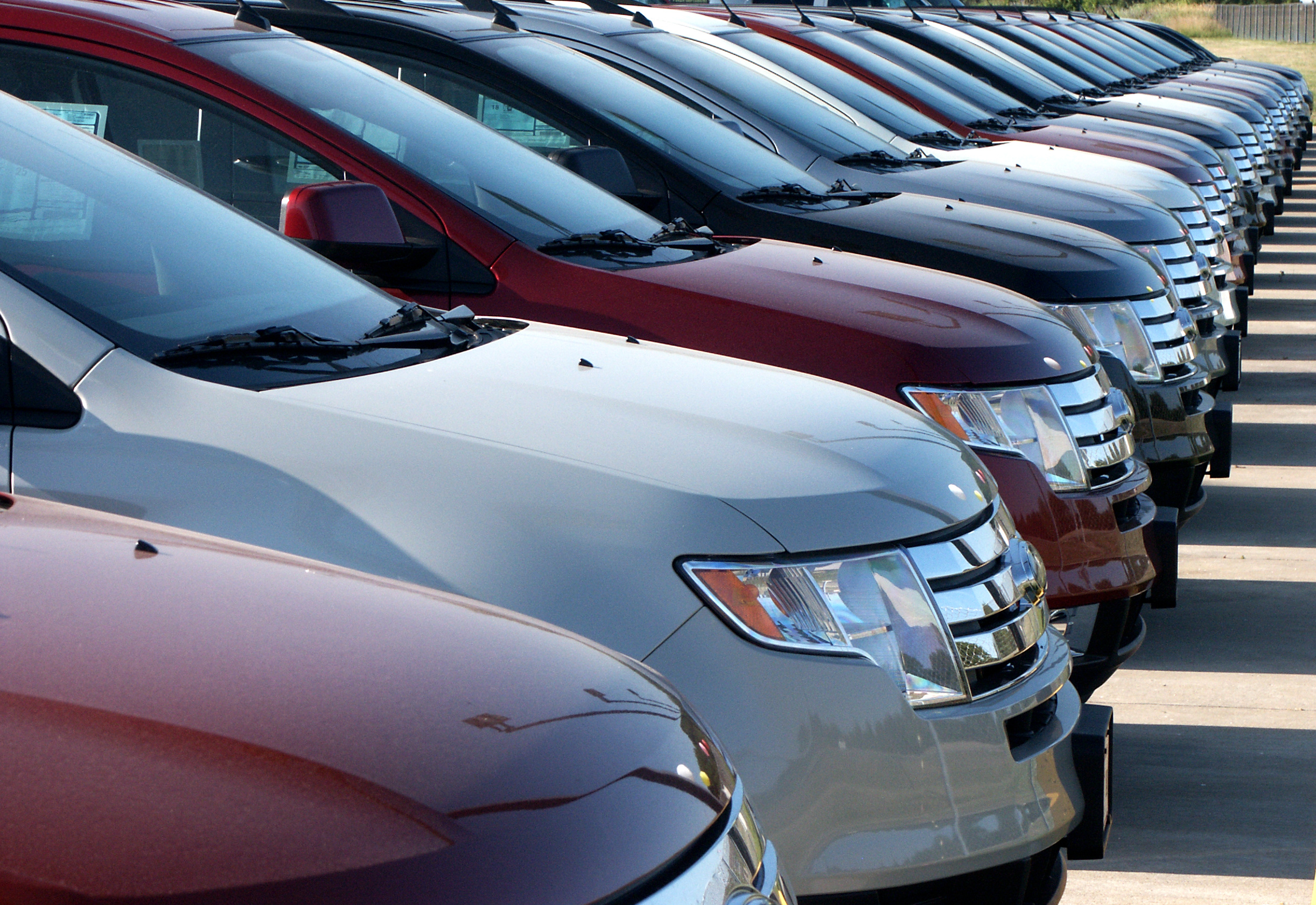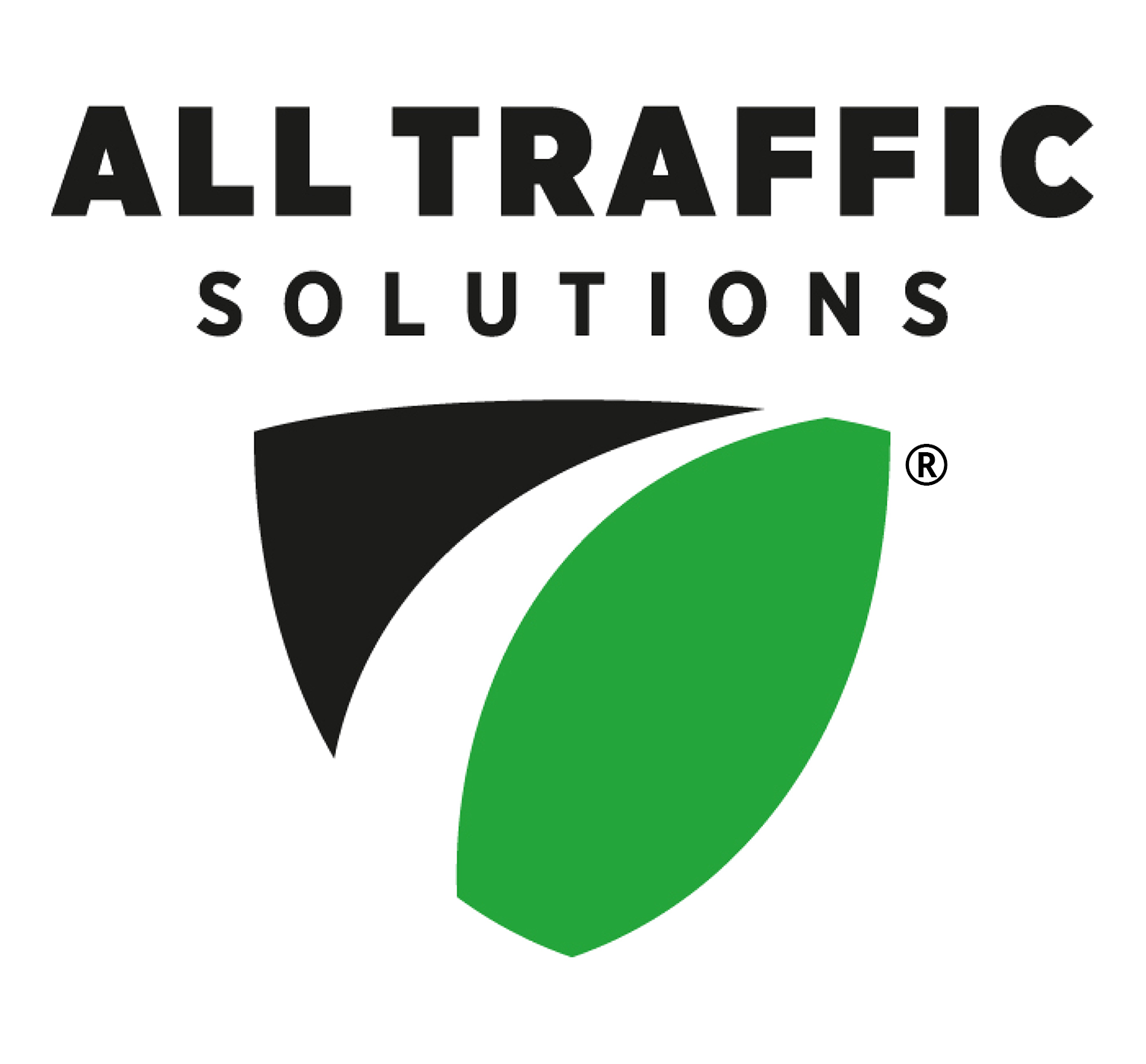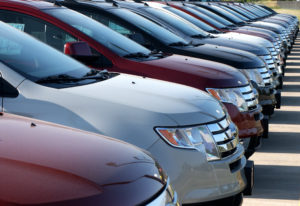
If you’re a parking operator, when it comes to having a parking management system that allows you to understand your total parking availability in real time, the deck has been stacked against you. There are many factors that have made it very challenging. In today’s post, we’ll talk about those challenges, and how you can leverage the latest technology to move you closer towards having the right-size, right-fit, right-technology parking system you want but thought you couldn’t have.
The Situation
Parking systems have traditionally been built on platforms that use proprietary software and therefore don’t “talk” to other systems, and don’t provide information and data in real time. Also, the systems required the purchase of a server, plus ongoing IT support.
As a parking facilities manager, how can you gain insights into your entire inventory? Every lot, every garage, all your on-street parking and every premium space?
The answer lies in adopting a smart cities approach to parking.
A smart approach:
- Leverages your existing hardware and software, together with data analytics, to accomplish more while spending less
- Utilizes a technology-agnostic strategy so you can use the technology you have and seamlessly add the technologies you want in the future
- Collects valuable data and then uses it to make the most cost-effective and impactful decisions
- Integrates all your devices, systems, and data onto a single platform to give you real-time insight into your entire inventory
Here are five best practices your organization can implement now to attain the right parking system for you while continuing to use the systems you already have, to gain a real-time understanding of your total parking inventory.
#1 Automate Using the Cloud
The Cloud can simplify things, allowing you to leverage the IoT (Internet of Things) to connect your parking-related devices so they can “talk” to one another.
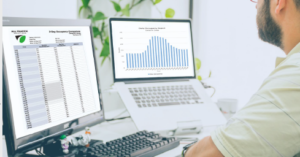 So, your parking counting system could tell your variable message signs the current availability on each level so the signs can share that information with parkers. You can implement dynamic pricing automatically, increasing the hourly parking fee when lots approach a preset threshold to maximize revenue.
So, your parking counting system could tell your variable message signs the current availability on each level so the signs can share that information with parkers. You can implement dynamic pricing automatically, increasing the hourly parking fee when lots approach a preset threshold to maximize revenue.
When you use these technologies you can monitor all your systems from anywhere using the Internet so they’re easier to manage, improving the parking experience for parkers and operators.
You also want to look for a parking management system that is built using an open-technology platform, which gives you maximum flexibility now and in the future. For example, ParkingCloud from All Traffic Solutions connects all your systems on a single, central platform. This gives you limitless technology choices, independent of your current environment—as complex or as simple as you need them to be. You leverage your existing technology, can add new technologies as they are developed or as your requirements change—without being locked into one vendor’s platform.
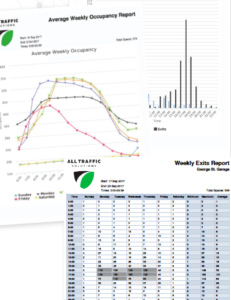 #2 Leverage Meaningful Parking Data
#2 Leverage Meaningful Parking Data
To make parking data work for you, you need a system with an open architecture. This allows for easy integration and easy viewing and analysis of data all in one place. Once the data is all in one place, you need the ability to analyze it for decision making and planning. For example, having parking occupancy data in real time and over a period of time allows you to track peak occupancy times, when vehicles enter a garage or lot and leave without paying, and how much inventory you can offer to aggregators to maximize revenue.
#3 Use Real-time Occupancy Data
Real-time occupancy data is one of the most powerful tools parking managers can have. Furnishing real-time occupancy information to parkers alleviates congestion, gets people to open spaces faster and allows them to get to their destination and go about their business, which makes everyone happier. Real-time occupancy data reduces overall frustration and improves safety in and around parking facilities, and allows parking managers to respond faster to issues and better plan for the future.
#4 Slow Speeding Drivers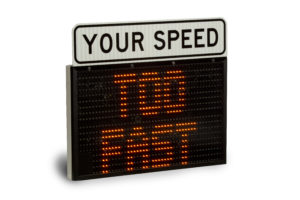
Drivers are becoming more aggressive, so you need to plan accordingly, whether that involves placing traffic calming signs for speeders in a garage, sending messages to a sign or an app letting drivers know there’s been an accident, or using radar-enabled signs that automatically alert speeding drivers to slow down, the technology now exists for your organization to be proactive in communicating with parkers. Providing timely information helps calm drivers and reduces frustration, which has a positive effect on safety in and around your parking facilities.
#5 On-site Messaging to Communicate with Parkers
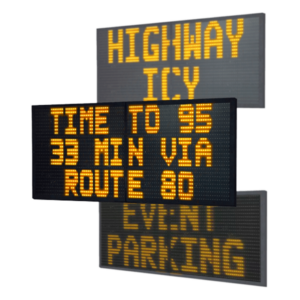
Using real-time messaging to communicate vital information to parkers is an essential best practice in parking facilities management. A simple message like, “Accident: Take Alternate Route,”along with a system that reroutes accordingly can be a great way to ease congestion and enhance overall customer, employee and commuter satisfaction.
By implementing these best practices, you now have a centralized cloud-based system that provides insights into your total parking availability so you can improve the customer experience, maximize parking revenue and plan for the future.
For information on how All Traffic Solutions can work with you to build your custom parking solution contact our parking solutions experts today.
SUGGESTED READING
Download the Smart Parking Solutions Overview.
Find out more about ATS Smart Parking Solutions.
Read our white paper How Technology, Data and the IoT are Redefining Parking Facilities Management.




